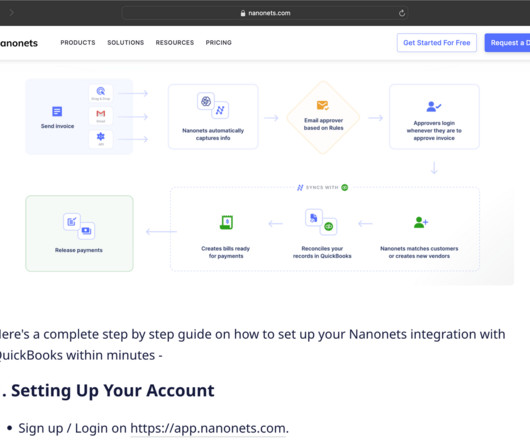What Is Balance Sheet Reconciliation?
Nanonets
JUNE 23, 2023
This is done to produce verifiable financial reports for that date. This process is known as the financial close. Balance sheet reconciliation is a crucial step in the financial close process, serving as a vital control mechanism for organizations.












Let's personalize your content